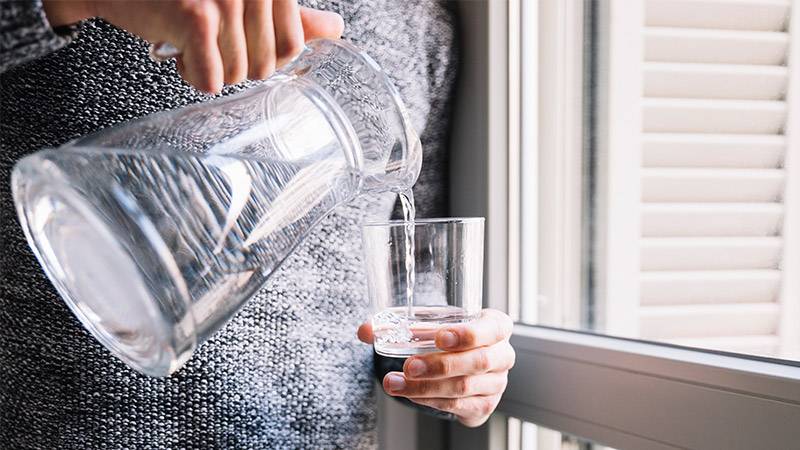California is at the forefront of an environmental breakthrough, preparing to adopt new regulations that will enable sewage to be transformed into drinking water. These anticipated regulations, likely approved by the State Water Resources Control Board, mark a significant milestone in the state’s efforts to address water scarcity and adapt to climate change. This initiative, often termed “direct potable reuse,” involves treating wastewater to a level where it can be safely added to the drinking water supply.
The process has been rigorously developed over more than a decade, involving expert reviews and a commitment to public health. The treatment includes multiple stages, such as reverse osmosis and UV light disinfection, to ensure the water’s safety and quality. The end product will be so pure that minerals must be added back to match the taste and chemistry of typical drinking water.
This method is not only more energy-efficient but also less expensive than desalination, the process of turning seawater into freshwater. The technology for treating wastewater is expected to cost about half that of desalination.
Direct potable reuse is already a practiced strategy in water-scarce regions globally, including Namibia and Singapore, as well as some communities in Texas. In the United States, states like Colorado have rules allowing potable reuse, while Arizona and Florida are developing similar regulations.
“We’re creating a new source of supply that we were previously discharging or thinking of as waste,” said Heather Cooley, director of research at the Pacific Institute, a water think tank in Oakland. “As we look to make our communities more resilient to drought, to climate change, this is really going to be an important part of that solution.”
In California, water agencies in various areas have been treating and reusing wastewater for years. However, the new regulations will allow this treated water to be used more directly and extensively. Large, well-funded agencies are expected to adopt this technology first, particularly in coastal areas where the reverse-osmosis treatment generates brine that can be discharged offshore.
According to the Los Angeles Times, the Metropolitan Water District of Southern California is planning the country’s largest water-recycling project, with an aim to start delivering treated water by 2028. This project, alongside others in Los Angeles and San Diego, will significantly boost the use of recycled water, seen as a drought-proof resource.
The initiative is not just about addressing water scarcity but also about embracing a more sustainable and circular approach to water management. It represents a shift in perspective, where wastewater is not seen as waste but as a valuable resource. This approach also reduces the environmental impact, as less treated effluent flows into coastal waters.
Despite the clear environmental and practical benefits, public acceptance of recycled water varies. To address concerns, it is crucial for communities to openly discuss and understand the safety and necessity of such projects.
Overall, California’s move towards direct potable reuse of wastewater is a major step towards a more resilient and sustainable water future. It showcases a blend of innovative technology, environmental stewardship, and practical solutions to one of the most pressing challenges of our time – water scarcity.
More inspiring green news similar to this:


